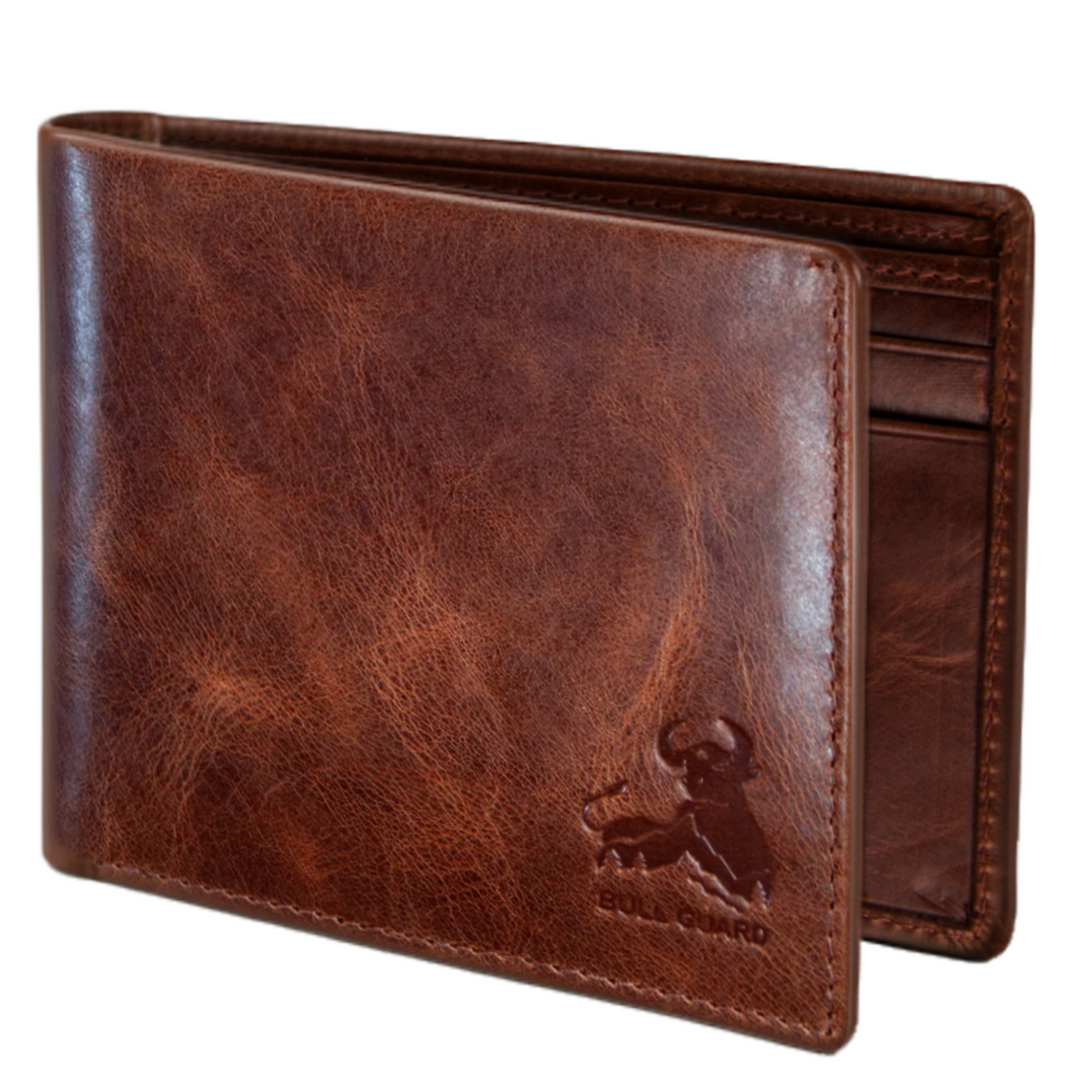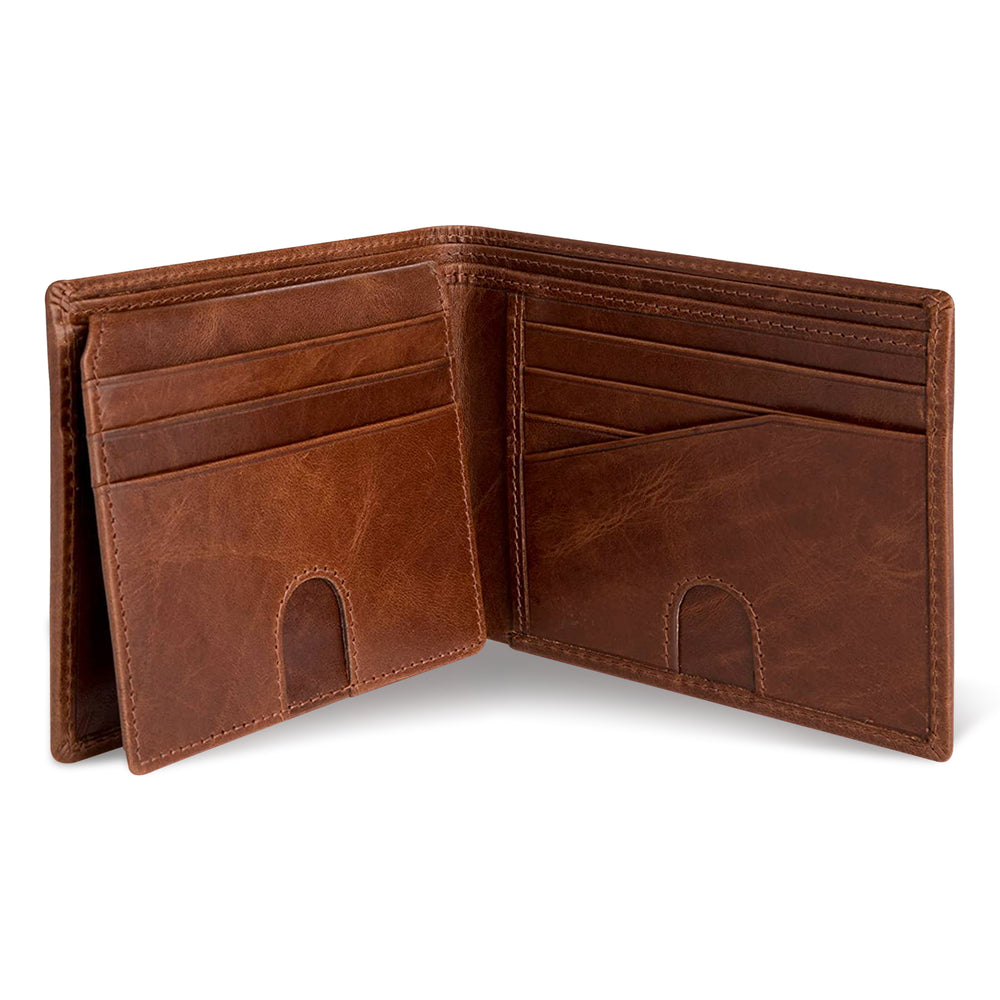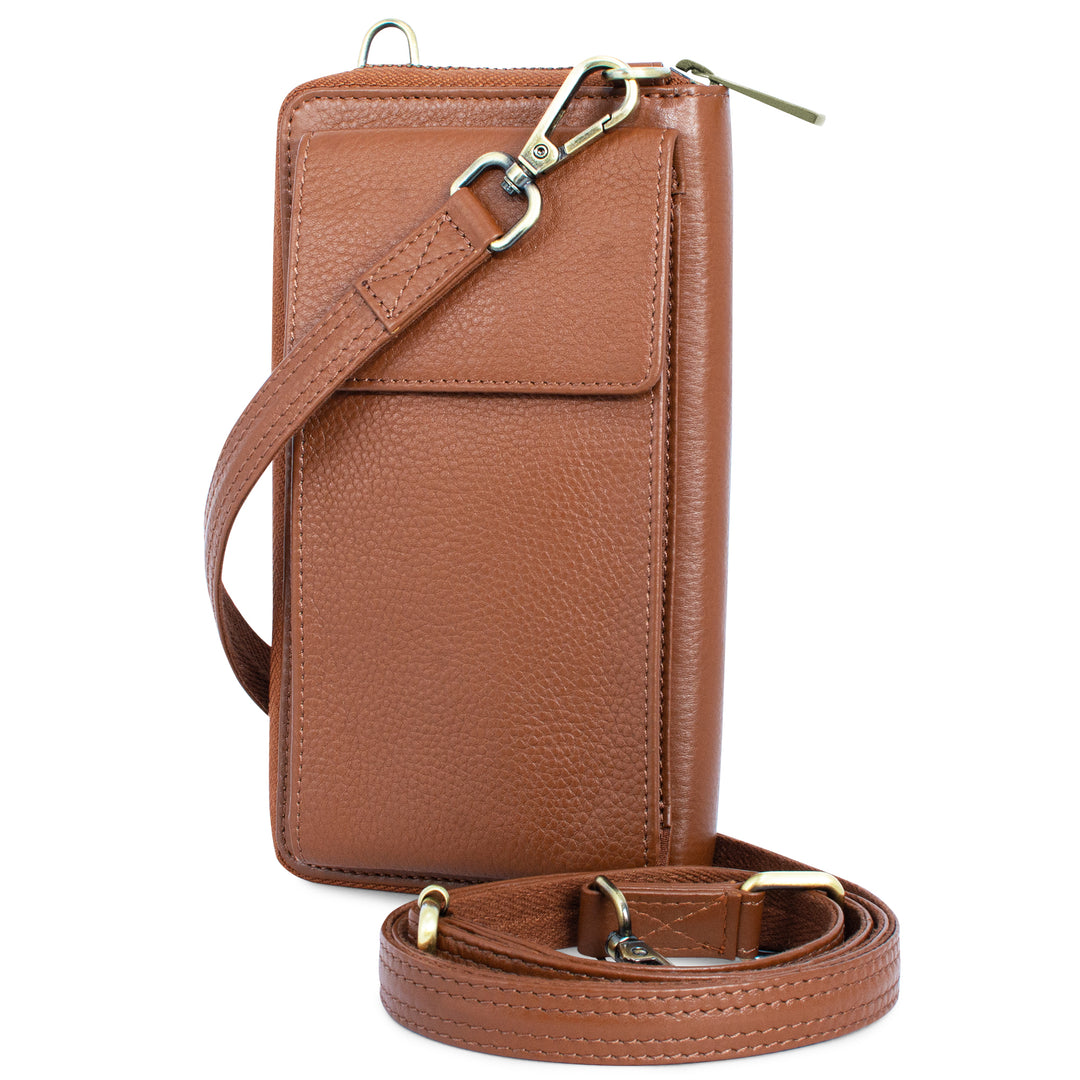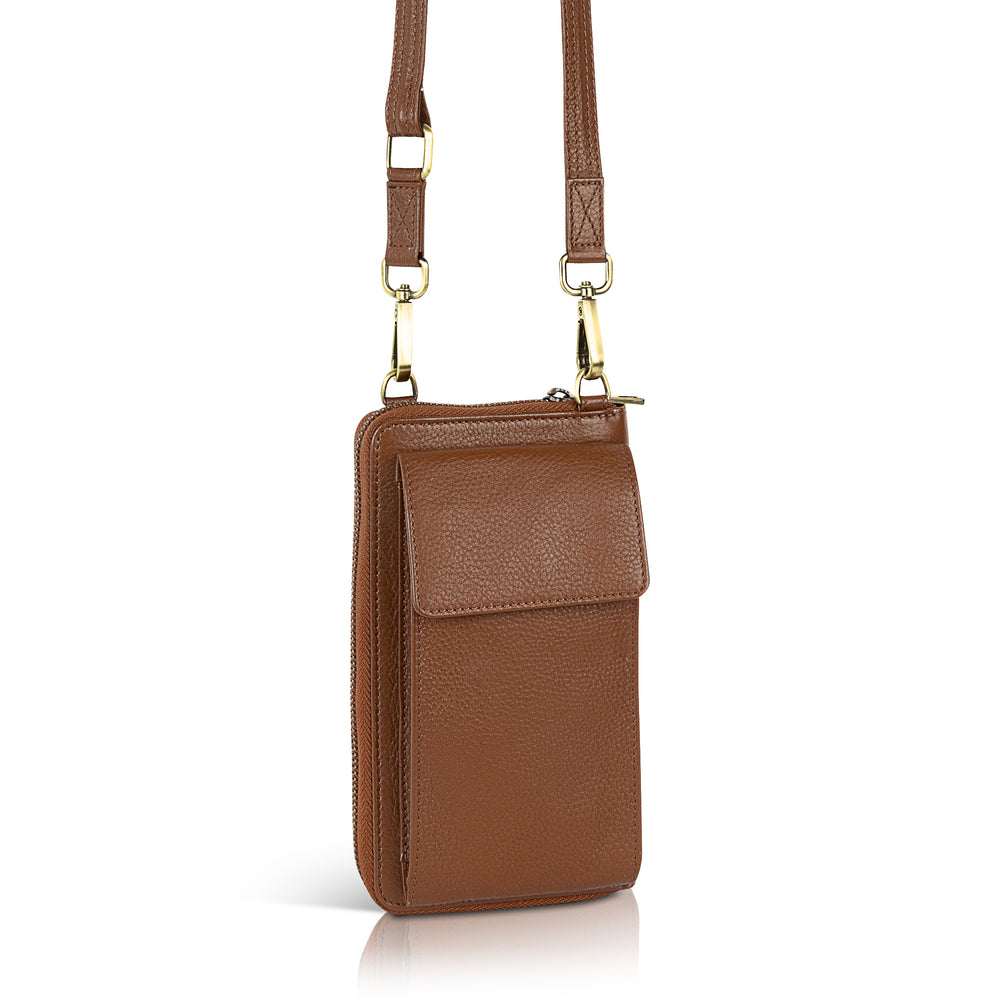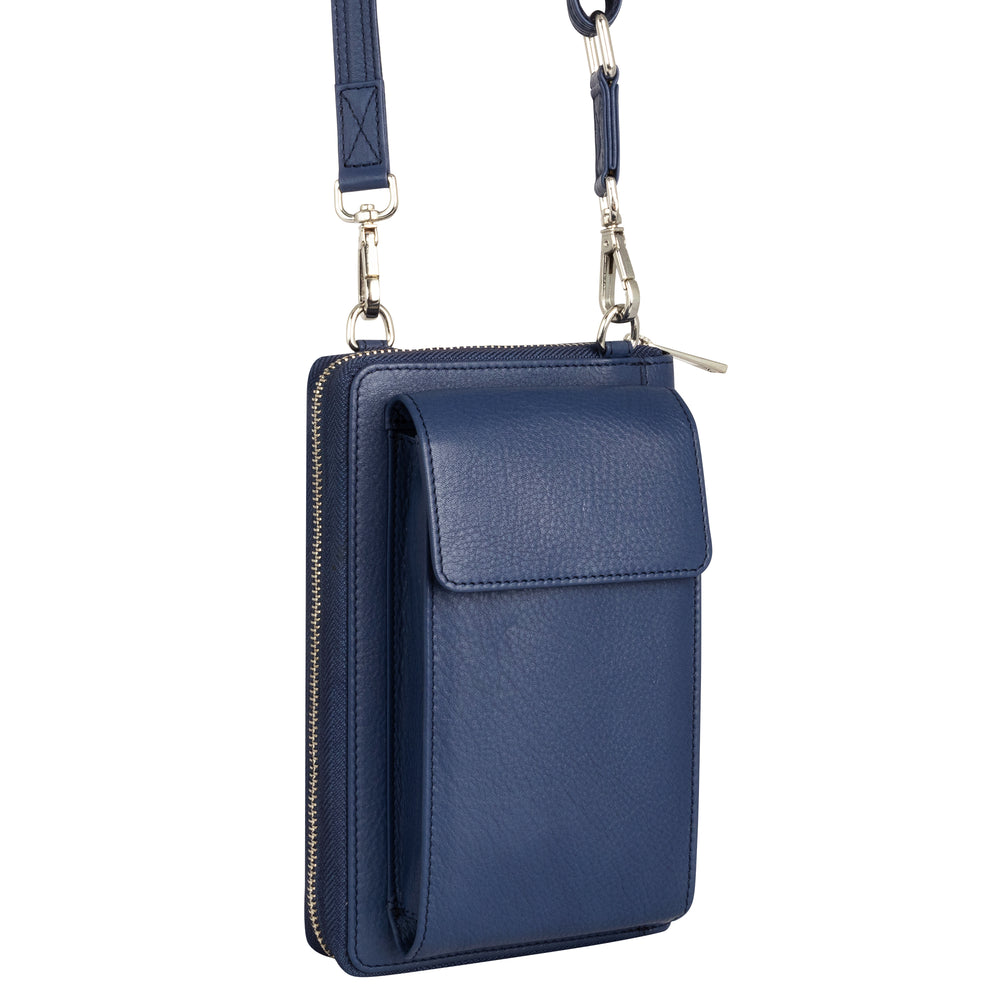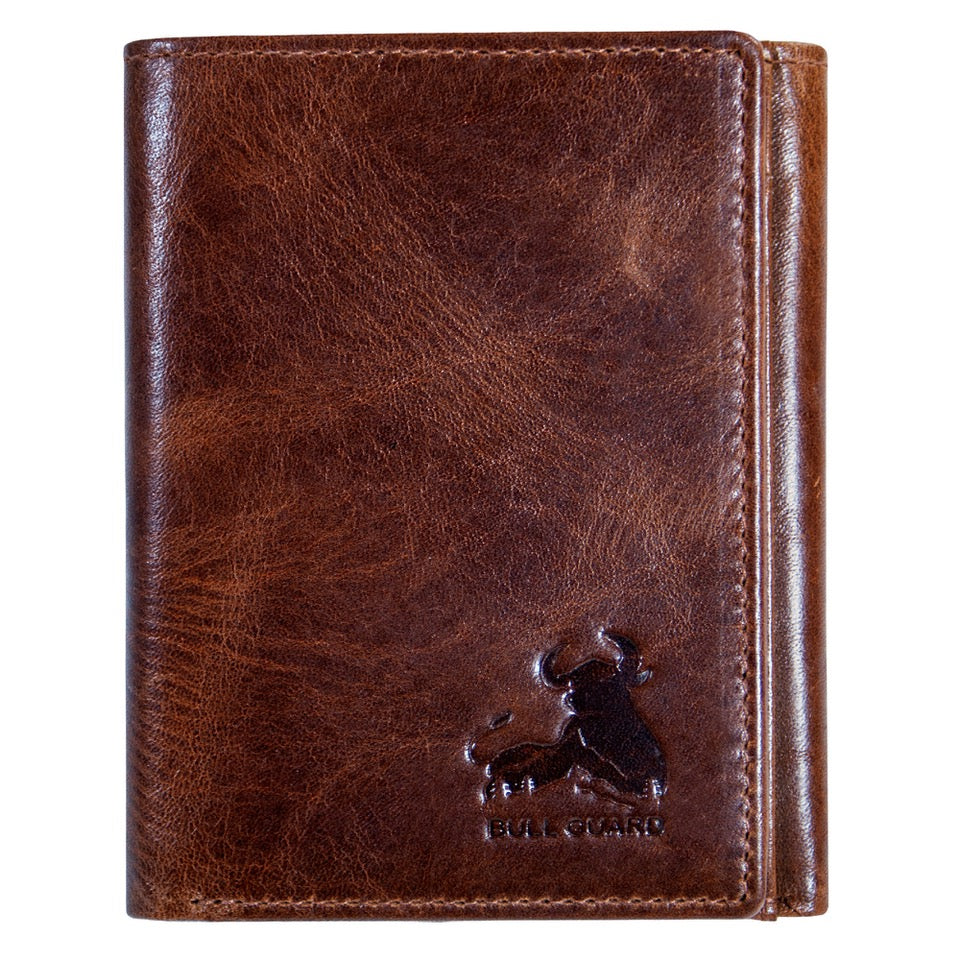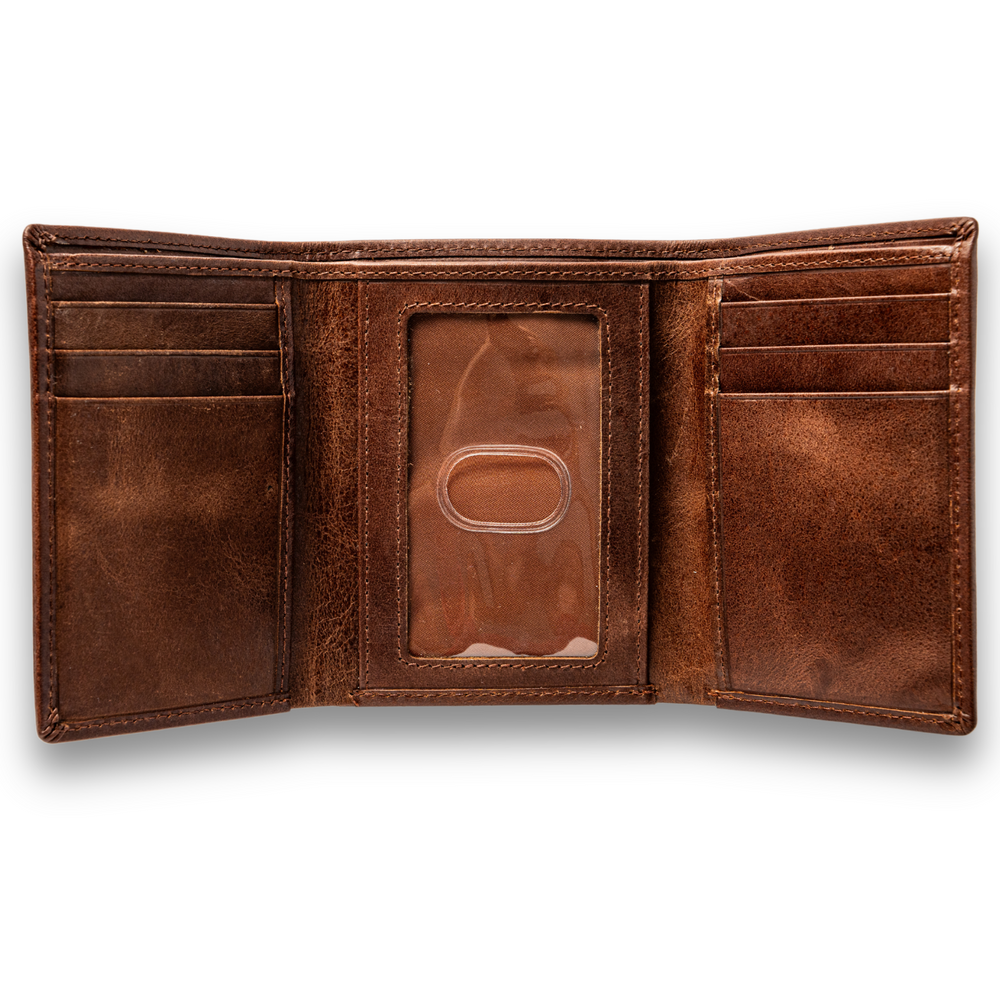Key Takeaways
- Emboss leather involves pressing meaningful designs into full-grain leather, creating both strength and story.
- The raised bull silhouette symbolizes a promise and resilience embedded in the leather.
- Each embossed leather creation carries intention and becomes a lasting companion for bold adventures.
- Embossing leather is more than decoration; it is a way to craft strength and tell personal stories.
Emboss Leather, Crafting Strength, Telling Stories
I trace my fingers across the first emboss leather wallet I ever crafted, five years later, its raised bull silhouette still catches the morning light streaming through my workshop window. That pattern isn't just decoration; it's a promise pressed into full-grain leather, a daily reminder that true strength comes from within. Every Bull Guard creation begins with this understanding: when you emboss leather, you're not merely marking a surface, you're embedding intention into a living companion that will carry your boldest adventures.
Embossed leather transforms ordinary hides into textured masterpieces through controlled pressure, heat, and moisture. This ancient craft creates permanent patterns by compressing leather fibers into relief designs, from subtle grain textures to bold logos. Unlike printing or painting, embossing becomes part of the leather's structure, developing richer character as it ages and patinas with use. Bifold Slim with or without Airtag wallets are a great example of how embossed leather can combine style and function for everyday carry.
At Bull Guard, we emboss every wallet and crossbody purse as an act of storytelling. Whether it's the classic crocodile grain on our RFID-blocking bifolds or the signature bull emblem on our minimalist card cases, each impression serves both form and function, creating grip texture while expressing the untamed spirit within every carrier. For those seeking a versatile accessory, our Crossbody Wallet Purse, XtraRoom showcases how embossing elevates both design and durability.
Why Emboss Leather? History, Value, and Expression
Ancient civilizations discovered that pressing patterns into wet leather created both beauty and function, Egyptian pharaohs carried embossed pouches, while medieval craftsmen used heated stamps to mark ownership and prevent counterfeiting. By the Industrial Revolution, steam-powered presses enabled mass production of textured leathers, democratizing what was once reserved for royalty.
Today's embossing serves four essential purposes that align perfectly with Bull Guard's philosophy of intentional craftsmanship. Personalization transforms generic accessories into meaningful companions, I've embossed wedding dates, children's initials, and coordinates of life-changing moments into our wallets. Each mark becomes a daily touchstone, connecting the carrier to their most important memories.
Uniformity through embossing creates consistent grain patterns across entire product lines while offering sustainable alternatives to exotic skins. Our crocodile-embossed leather delivers the visual appeal of reptile hide without ethical concerns, allowing conscious consumers to carry luxury with clear conscience. For more on how to choose a durable leather wallet for everyday use, explore our in-depth guide.
Expression through embossing enables brands like Bull Guard to embed identity directly into leather structure. Our signature bull silhouette isn't applied, it's pressed into being, becoming stronger and more defined as the wallet ages and develops patina through daily use.
Durability studies show that properly embossed leather patterns resist fading better than surface treatments. The compressed fibers create natural valleys that protect against wear, while raised areas develop attractive burnishing that enhances rather than diminishes the original design over years of pocket carry.
| Modern Use | Purpose | Bull Guard Application |
|---|---|---|
| Wallets | Grip texture, branding | RFID bifolds, minimalist cases |
| Handbags | Visual appeal, pattern | Crossbody cell phone purses |
| Belts | Decoration, texture | Matching accessories |
| Watch Straps | Comfort, style | Premium timepiece bands |
| Phone Cases | Grip, protection | Coordinated leather goods |
The Art and Science of Embossing Leather

In my workshop, creativity meets precision as I sketch each new Bull Guard design. The art lies in understanding how patterns will interact with daily use, placing the bull emblem where thumbs naturally rest, ensuring RFID-blocking compartments remain smooth for card insertion, balancing visual impact with functional necessity.
The science reveals itself at the molecular level. When heated leather reaches 140°F and achieves optimal 15-18% moisture content, collagen fibers become pliable enough to reshape under 400-600 PSI pressure. This controlled deformation creates permanent structural changes that maintain pattern integrity through thousands of flexing cycles.
Bull Guard's standards demand full-grain and top-grain leathers exclusively because their intact fiber structure responds predictably to embossing pressure. Our RFID-blocking technology integrates seamlessly, the metallic mesh sits between leather layers, never interfering with surface embossing while maintaining complete electronic protection. If you're interested in the latest trends, our Airtag Leather Card Holder Wallet for Men demonstrates how modern features and classic embossing can coexist beautifully.
Temperature control proves critical for consistent results. Too little heat leaves patterns shallow and temporary; excessive heat scorches fibers and creates brittle spots that crack under stress. Our press operators maintain precise 135°F surface temperature while monitoring leather moisture through handheld sensors.
| Leather Type | Moisture Response | Pressure Needed | Pattern Clarity | Notes |
|---|---|---|---|---|
| Full-grain | Absorbs evenly | 400-500 PSI | Excellent | Bull Guard standard |
| Top-grain | Quick absorption | 350-450 PSI | Very good | Fine detail work |
| Vegetable-tanned | Slow, deep penetration | 300-400 PSI | Outstanding | Traditional choice |
| Chrome-tanned | Surface only | 450-550 PSI | Good | Requires pre-dampening |
| Suede | Rapid saturation | 200-300 PSI | Soft impression | Delicate approach needed |
Expert Testing Tip
Press your thumb firmly against dampened leather for 3 seconds. If it springs back completely, moisture level is perfect for embossing. If it stays indented, the leather is too wet and needs 15 minutes of air drying.
Choosing the Right Leather for Embossing
Full-grain leather reigns supreme for embossing leather projects because its intact surface grain provides maximum structural integrity. Every Bull Guard wallet begins with full-grain hides that retain natural strength patterns, these fiber networks support deep embossing while maintaining flexibility through years of daily folding and unfolding. If you want a classic option, our Classic Leather Trifold is crafted to highlight the beauty and durability of embossed full-grain leather.
Top-grain leather offers superior detail reproduction for intricate patterns like our signature bull silhouette. The lightly sanded surface creates uniform density that accepts fine stamps cleanly, making it ideal for monogramming and delicate logo work on our minimalist card cases.
Vegetable-tanned leather responds beautifully to traditional hot-stamping techniques. Its natural tannins darken under heat, creating rich contrast between raised and recessed areas. This organic reaction produces the warm patina that RFID Developer Duck praised in his scanner-tested Bull Guard bifold.
Chrome-tanned leather requires careful moisture management but rewards skilled craftsmen with consistent results across large production runs. Our crossbody purse production relies on chrome-tanned leather's predictable behavior when properly conditioned before embossing.
Finished leathers present unique challenges, protective coatings can prevent proper moisture penetration, resulting in shallow, temporary impressions. Bull Guard sources semi-finished hides that accept embossing deeply while retaining enough protection for daily wear resistance. For more on the differences between real and synthetic options, see our article on faux synthetic leather.
| Leather Type | Emboss Depth | Design Clarity | Longevity | Best Use |
|---|---|---|---|---|
| Full-grain | Deep | Excellent | Decades | Premium wallets |
| Top-grain | Medium-deep | Outstanding | 10+ years | Detail work |
| Vegetable-tanned | Very deep | Good | Lifetime | Traditional crafts |
| Chrome-tanned | Medium | Good | 5-10 years | Production items |
| Suede/Nubuck | Shallow | Soft | 3-5 years | Fashion items |
| Faux leather | Very shallow | Poor | 1-2 years | Budget alternatives |
Methods of Embossing Leather, From Heritage to High-Tech
Press Embossing
Hydraulic presses deliver 400-600 PSI through heated metal plates, creating uniform patterns across entire leather panels. This method requires precise timing, 10 seconds at 135°F compresses fibers permanently without scorching. Bull Guard's classic bifolds receive their signature grain texture through press embossing, ensuring consistent quality across every production run. For a closer look at this style, check out our Bifold with Flip Up ID wallet, which features expertly embossed details.
Temperature control proves critical for press operations. Digital controllers maintain plate temperature within 5°F tolerance while pressure sensors prevent over-compression that could crack leather fibers. This precision enables the deep, lasting impressions that Alpha Rick described as "rugged sophistication."
Roller Embossing
Steel rollers engraved with continuous patterns create seamless textures at production speeds of 8-12 cm per second. The constant pressure and controlled feed rate produce the crocodile and ostrich grain patterns popular on our crossbody purses. Roller embossing works best on chrome-tanned leather that maintains consistent thickness.
Hand Stamping
Individual stamps heated to 110-140°C create sharp, personalized impressions when struck with 2-3 controlled mallet blows. This traditional method produces the custom monograms that make Bull Guard wallets perfect gifts. Hand stamping allows for a truly personal touch, ensuring each piece is unique and meaningful.
For more technical details on the process, you can read about leather embossing from an external resource.
Essential Tools, Materials, and Workspace Setup

Creating lasting embossed leather requires the right foundation. At Bull Guard, I've refined our toolkit through countless prototypes, from the first hand-stamped wallet to today's precision-crafted RFID-blocking designs.
Your essential toolkit starts with quality stamps, invest in hardened steel stamps for crisp, repeatable impressions. A 12-16 oz rawhide mallet provides controlled force without damaging delicate leather fibers. Add a granite or steel anvil block, precision ruler, rotary cutter with fresh blades, and natural sponges for moisture control. For Bull Guard's crossbody purses, we integrate YKK hardware during the embossing phase to ensure perfect alignment.
| Method | Essential Tools | Optional Upgrades | Investment Level |
|---|---|---|---|
| Hand Stamping | Steel stamps, rawhide mallet, anvil block | Custom logo stamps, heated press | $50-200 |
| Roller Embossing | Embossing roller, pressure frame | Variable pressure controls | $300-800 |
| Heat Pressing | Heat press, temperature gauge | Foil applicator, timer controls | $200-600 |
| Wet Molding | Form blocks, clamps, spray bottle | Custom molds, drying racks | $75-250 |
Workspace setup determines success. Position your anvil at elbow height to maintain consistent striking angle. Ensure bright, even lighting, shadows hide alignment errors that ruin patterns. Keep leather scraps nearby for testing pressure and moisture levels before working on final pieces.
Advanced setups include heated stamp holders for consistent temperature, moisture meters for precise leather preparation, and custom jigs for repetitive patterns. However, Bull Guard's most treasured pieces often emerge from simple hand tools guided by intention and experience. For more inspiration, see our post on stylish leather wallet for men.
How to Emboss Leather by Hand, Step-By-Step for Lasting Results
Master craftspeople understand that emboss leather work demands patience and precision. Each Bull Guard wallet begins with careful preparation that determines the final quality. If you prefer a compact option, our Magnetic Money Clip Card Case with ID is a great example of how hand embossing can enhance minimalist designs.
Step 1: Select and Prepare Your Leather
Choose full-grain or top-grain leather at room temperature. Cut pieces 10% larger than final dimensions, embossing can cause slight shrinkage. Use sharp blades and cut in single, confident strokes.
Step 2: Achieve Perfect Moisture Content
Dampen leather until it darkens and feels cool to touch. Test readiness by pressing firmly for 2 seconds, properly moistened leather springs back without leaving fingerprints. Over-wet leather creates blurred impressions; under-moistened leather may crack.
Step 3: Position and Align Your Stamp
Place leather on firm anvil surface. Position stamp using light pressure first, checking alignment with ruler or grid. Mark reference points with removable tape for complex patterns.
Step 4: Execute the Impression
Strike stamp with 2-3 controlled mallet blows, maintaining consistent force. Hold stamp steady for 3-5 seconds after final strike, this compression time deepens the pattern. Avoid rocking or shifting the stamp.
Step 5: Inspect and Adjust
Lift stamp carefully and examine depth. Faint impressions can be corrected immediately with additional strikes. Double impressions from stamp movement cannot be fixed, prevention is crucial.
Step 6: Natural Drying Process
Allow leather to dry naturally for minimum 1 hour away from direct heat. Forced drying causes cracking and pattern distortion. Properly embossed leather maintains pattern clarity for decades.
Common Mistakes to Avoid:
- Rushing moisture preparation, test on scraps first
- Inconsistent mallet pressure, practice rhythm on practice leather
- Moving stamp during impression, commit to position
- Forcing patterns on inappropriate leather types
- Skipping drying time, patience ensures permanence
For a scientific perspective on leather preservation and durability, see this resource from the Library of Congress.
Personalizing and Choosing Patterns, From Monograms to Masterpieces
Every Bull Guard creation tells a story through intentional pattern selection. Whether crafting a gift for Gifting Jack's Tesla colleagues or designing Hands-Free Annie's crossbody companion, pattern choice transforms functional leather into personal expression. For those interested in unique designs, our article on the camouflage pattern leather wallet explores creative embossing options.
Monograms remain timeless, three initials in classic serif fonts create elegant personalization without overwhelming the leather's natural beauty. Position monograms on wallet interiors or purse flaps where they're visible during use but protected from excessive wear.
Textural patterns serve both aesthetic and practical purposes. Crocodile embossing adds grip and hides minor scratches, perfect for daily-carry wallets. Geometric patterns complement modern minimalist styles while maintaining professional appearance. Floral motifs work beautifully on women's crossbody purses, adding feminine elegance without compromising durability or function.
Frequently Asked Questions
What are the main benefits of embossing leather beyond aesthetic appeal?
Embossing leather enhances texture and grip, making the accessory more functional in everyday use. It also embeds intention and storytelling into the leather, transforming it into a living companion that carries personal meaning and resilience.
How does embossing leather contribute to the durability and aging process of the material?
Embossing compresses leather fibers, which strengthens the material and improves its resistance to wear. Over time, the raised patterns develop a richer patina, deepening the leather’s character and making each piece uniquely expressive with use.
What types of leather are best suited for embossing, and why?
Full-grain and top-grain leathers are ideal for embossing because their dense fiber structure holds impressions well and ages beautifully. These high-quality leathers respond to embossing by enhancing both durability and the natural development of patina.
How can personalization through embossing make leather accessories more meaningful?
Personalization through embossing allows for unique designs, monograms, or symbols that reflect individual stories and values. This transforms a leather accessory from a simple item into a purposeful, lasting companion that carries personal significance and intention.



